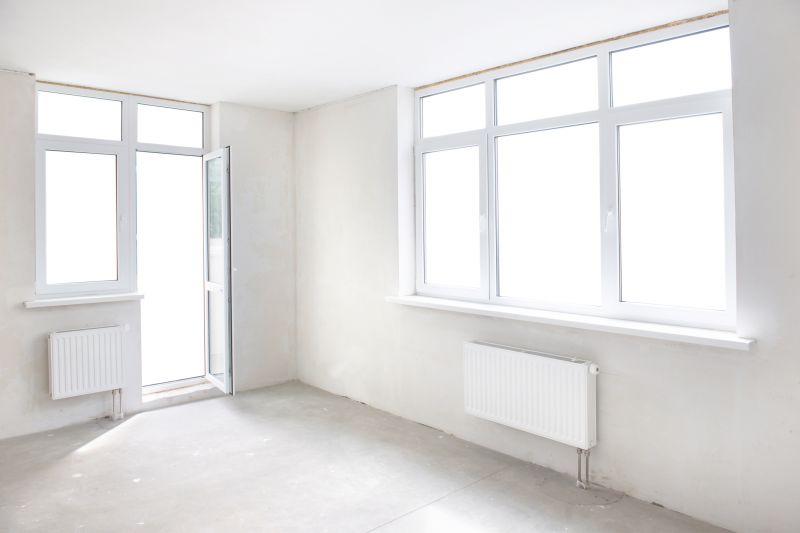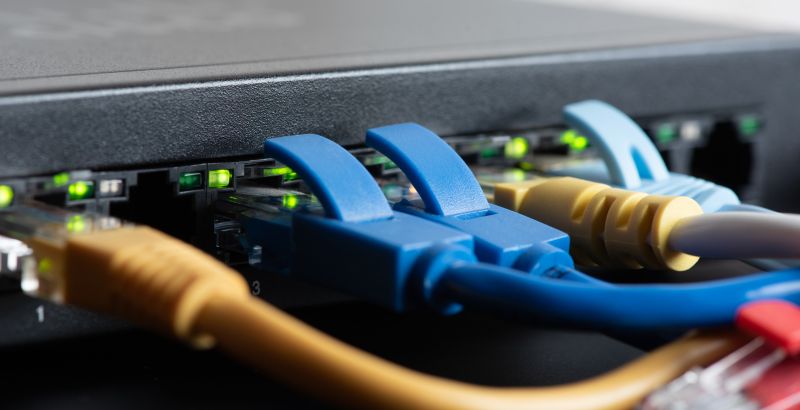Optimal Timing for Windows Installations
The timing of Windows installations can significantly impact system performance and user convenience. Choosing the right period ensures minimal disruption and optimal setup efficiency. Factors such as system readiness, software updates, and seasonal workload fluctuations influence the ideal window for installation.
Installing Windows during off-peak seasons can reduce downtime and allow for thorough setup without interrupting critical operations.
Perform installations when hardware and software prerequisites are fully prepared to ensure smooth deployment.
Timing installations around major Windows update releases can help avoid conflicts and ensure compatibility.
Schedule installations during periods of low user activity to minimize impact on productivity.

Image depicting a technician installing Windows on a desktop.

Image showing hardware setup prior to installation.

Image of a Windows update process during installation.

Ways to make Windows Installations work in tight or awkward layouts.

Popular materials for Windows Installations and why they hold up over time.

Simple add-ons that improve Windows Installations without blowing the budget.
Windows installations are a critical component of maintaining up-to-date and secure computing environments. Proper timing can help avoid conflicts with existing software, reduce downtime, and ensure compatibility with current hardware. Regular updates and clean installations contribute to system stability and security, making the scheduling of these processes an important consideration for IT management.

Image showing Windows setup process on a monitor.

Image of hardware being tested for compatibility.

Image of configuration settings during installation.

Image of a fully installed and configured Windows system.
| Timing Factor | Impact on Windows Installations |
|---|---|
| Seasonal Timing | Off-peak seasons reduce workload and allow thorough setup. |
| Hardware Readiness | Ensures compatibility and reduces installation issues. |
| Update Cycles | Aligning with update releases minimizes conflicts. |
| User Availability | Scheduling during low activity periods minimizes disruption. |
| Network Conditions | Lighter traffic speeds up download and update processes. |
| System Maintenance Windows | Utilizing scheduled maintenance minimizes operational impact. |
| Business Cycles | Avoiding busy periods ensures smoother installation. |
| IT Support Availability | Having support on hand during installation reduces risks. |
Understanding the optimal timing for Windows installations can lead to more efficient deployment and fewer technical issues. Proper planning considers hardware readiness, update schedules, and user activity patterns. Evaluating these factors helps ensure that installations are completed successfully with minimal interruption to daily operations.

Image of a technician performing Windows installation.

Image showing network setup prior to installation.

Image of progress bar during installation.

Image of a ready-to-use Windows desktop.
Scheduling Windows installations at appropriate times can enhance system stability, security, and performance. By aligning installation activities with hardware readiness, update cycles, and operational schedules, organizations can ensure seamless transitions and reduce potential disruptions. Regularly reviewing timing strategies supports ongoing IT efficiency and system health.
Interested in scheduling a Windows installation? Fill out the contact form to get started.

